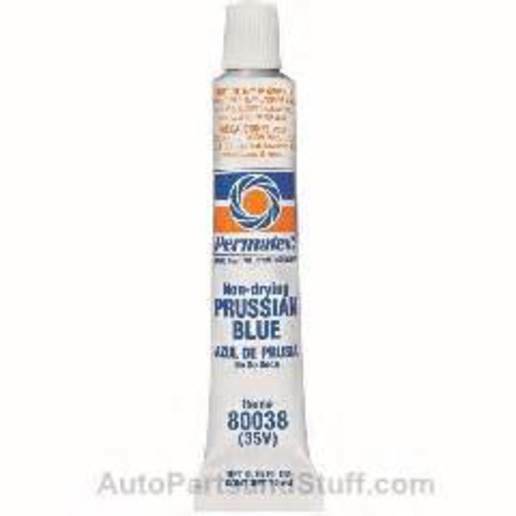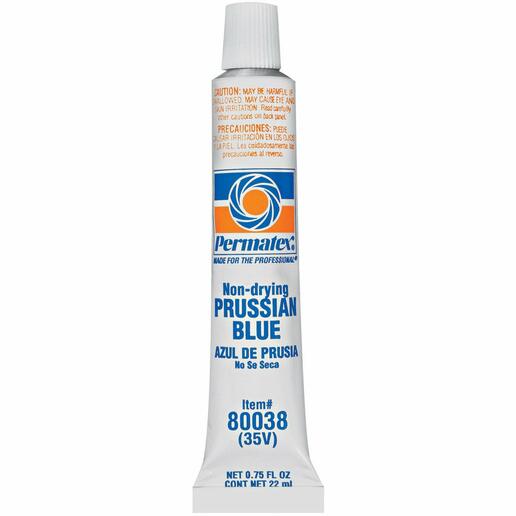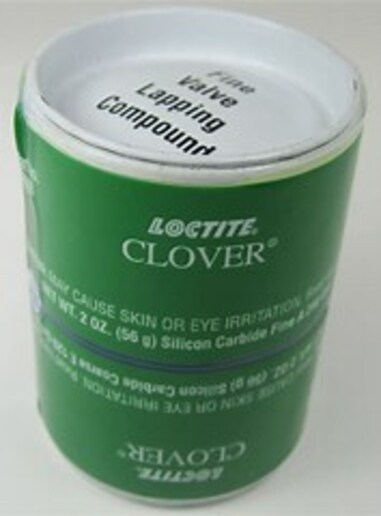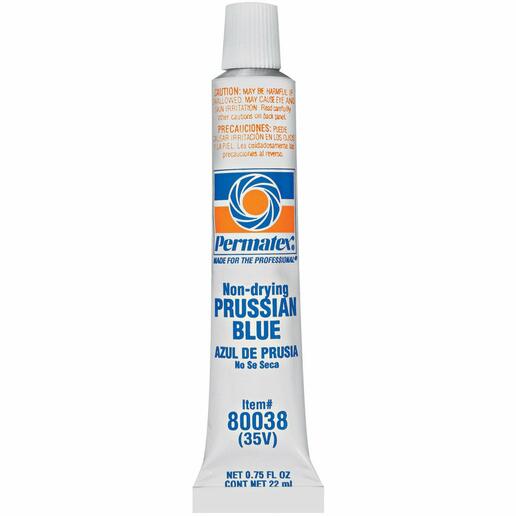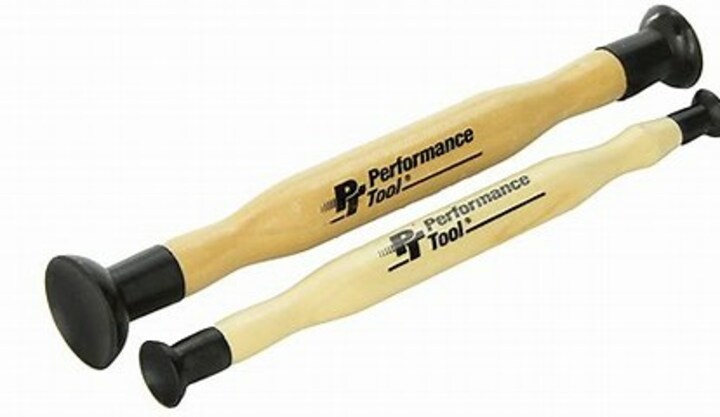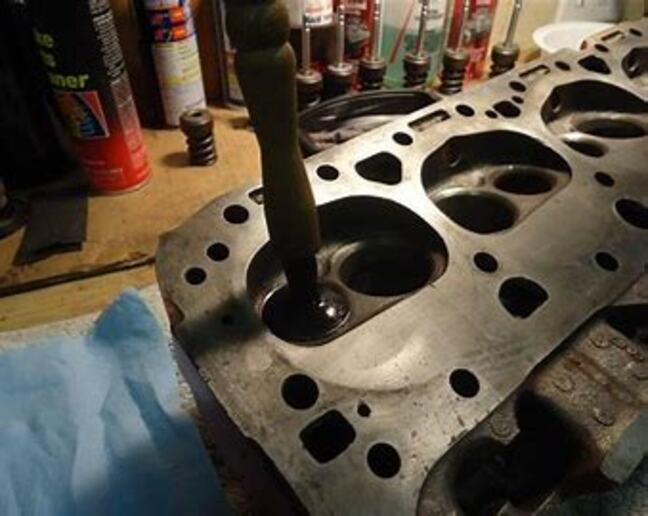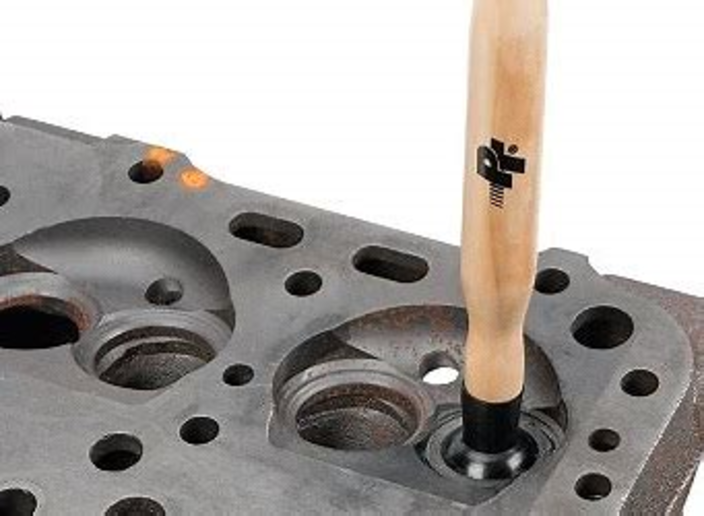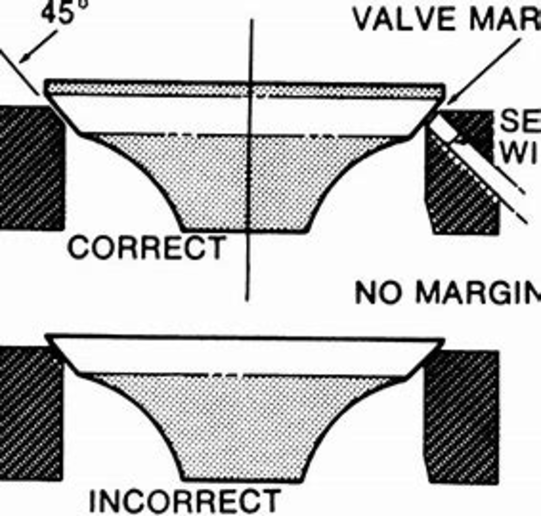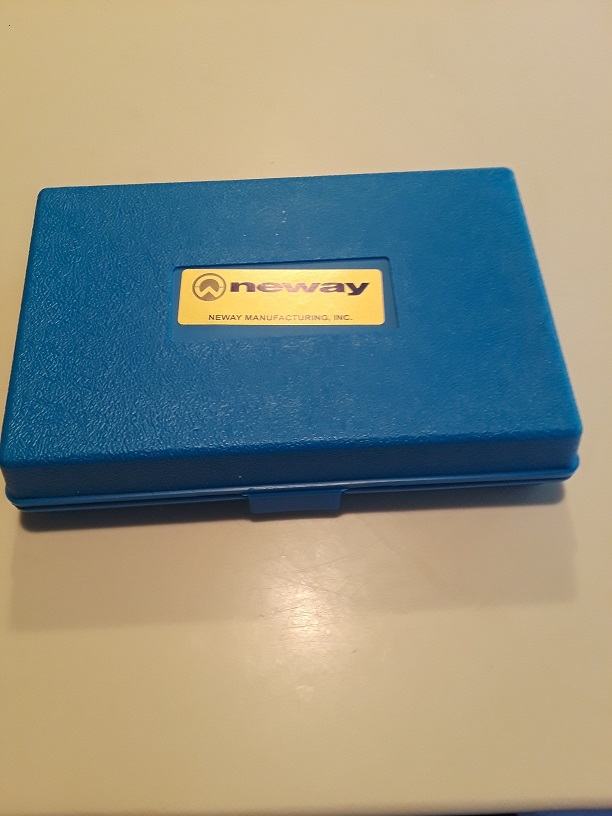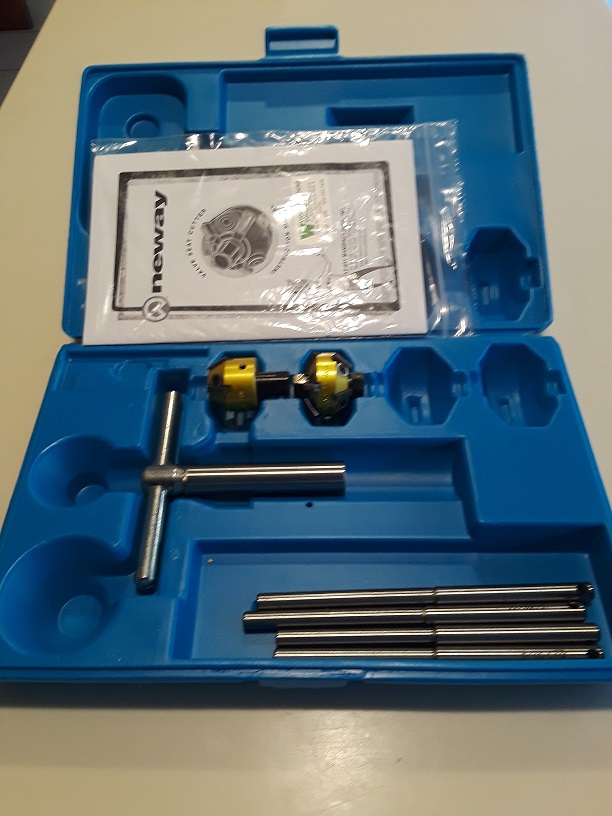grandpa Love
Well-known Member
'47 8n. One busted valve guide. Pulled
all the valves out and cleaned everything
real good. Put all the exhaust valves
back in and checked them. .016 on three,
.025 on one. One keeper is loose,
thinking a weak spring, will try a
different spring. Got one intake valve
assembly coming, plan to pop it in there
and hope it fixes the problem. Assembly
came out of an old tractor, it's not new.
Any issues? Tractor may get rake duty or
finish mower. Not hard use. Enjoying
digging into a different project, my wife
is loving it too. Be rewarding to see it
run!
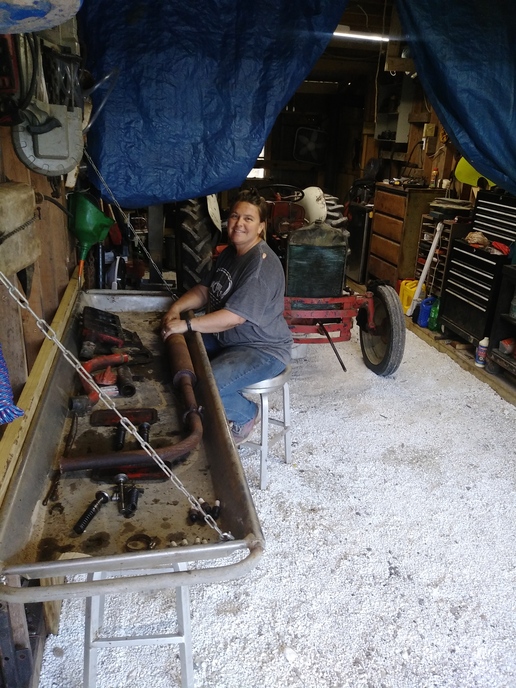
all the valves out and cleaned everything
real good. Put all the exhaust valves
back in and checked them. .016 on three,
.025 on one. One keeper is loose,
thinking a weak spring, will try a
different spring. Got one intake valve
assembly coming, plan to pop it in there
and hope it fixes the problem. Assembly
came out of an old tractor, it's not new.
Any issues? Tractor may get rake duty or
finish mower. Not hard use. Enjoying
digging into a different project, my wife
is loving it too. Be rewarding to see it
run!



